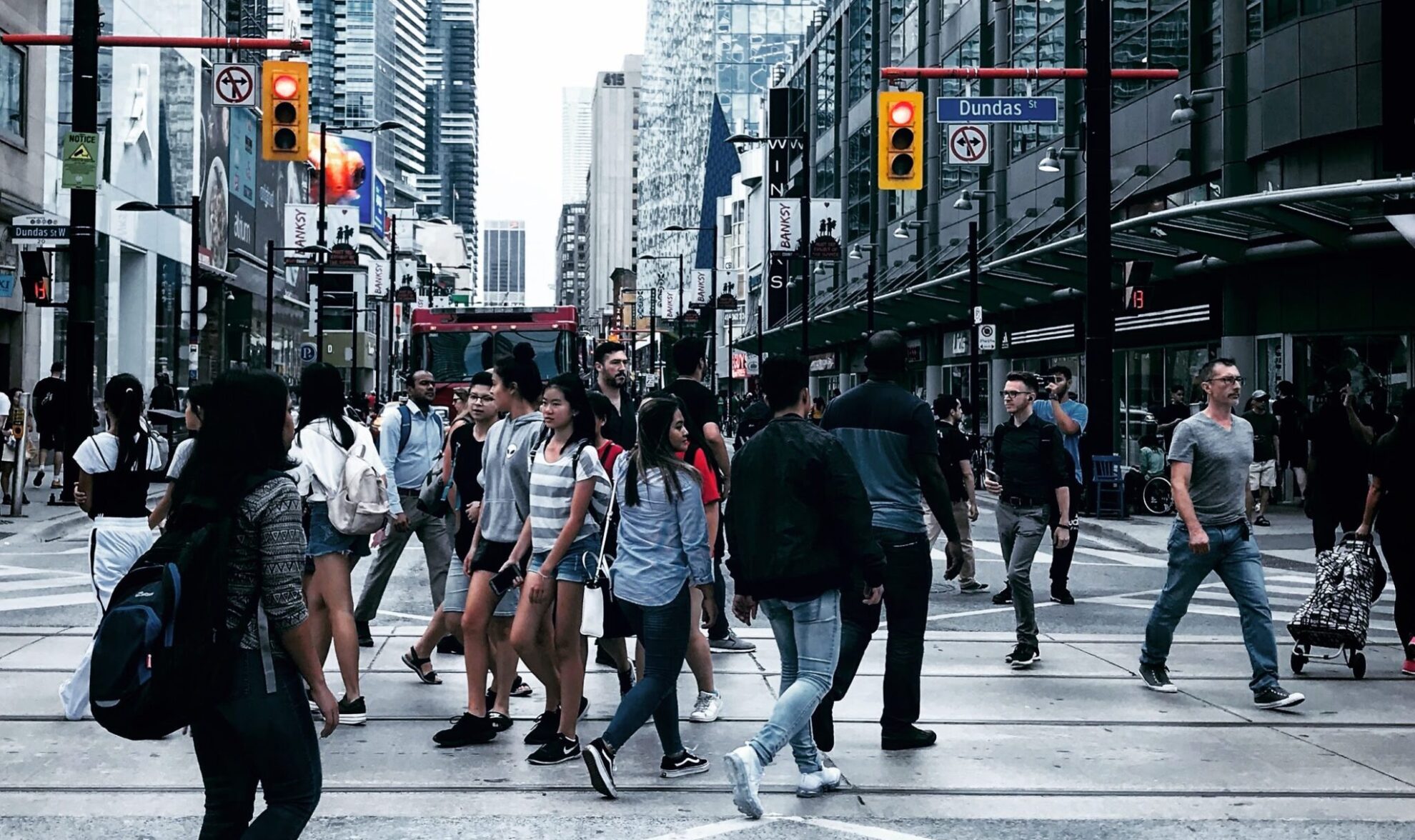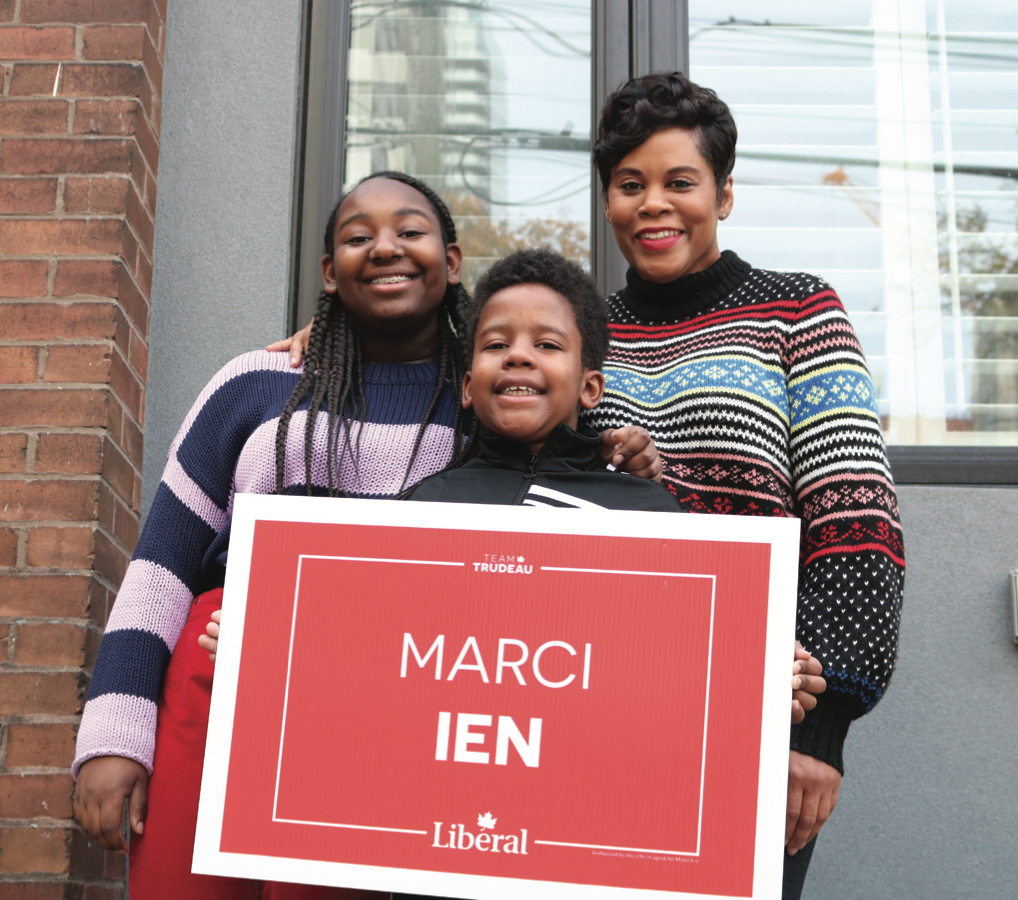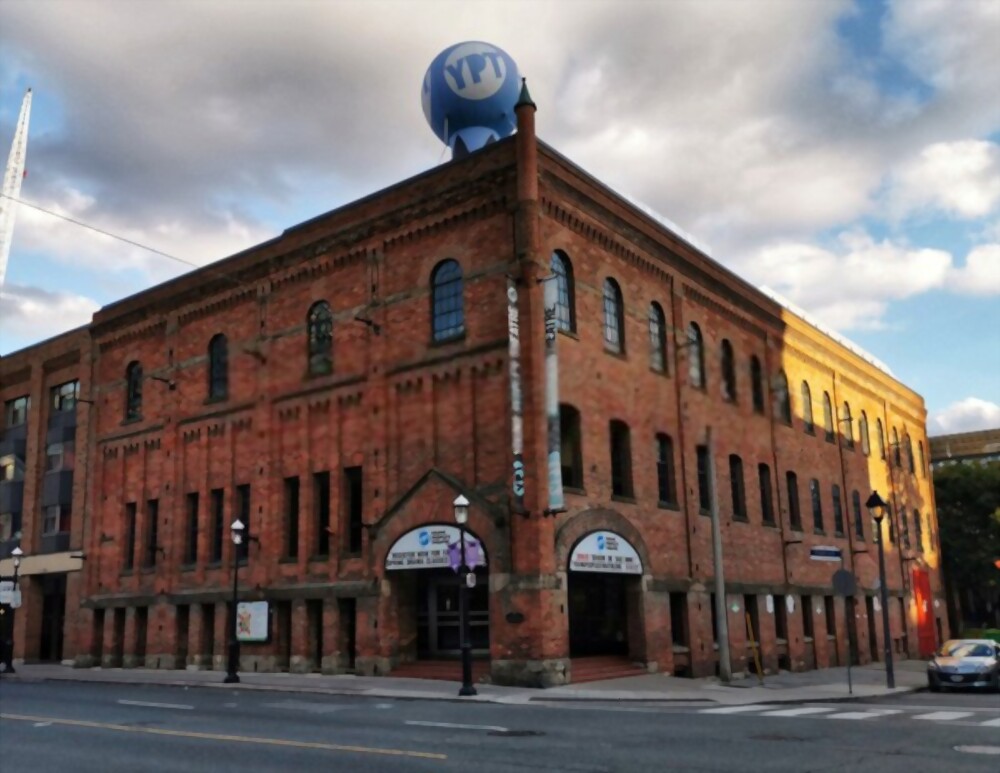By Ben Bull, columnist
I grew up above a cake shop on the outskirts of Leeds, England. It was a homogenous suburb of white faces and Yorkshire accents. A Roma family lived in a caravan on the back lane and up the street was a Polish couple, who never came out except to grab our footballs when we scooped them into their yard. But everyone else looked and spoke like me.
Until Mr. Ali moved in.
Mr. Ali’s Newsagents was the hub of the neighbourhood. Paperboys scurried in and out for their morning rounds, commuters popped in for a pack of cigarettes on their way to work and school kids stuffed their pockets with sweets after the last bell (and sometimes paid for them).
But not everyone was welcoming.
“Why is he coming here?” some of our cake shop customers asked, as Mum boxed up their Battenburgs and buttered their bread rolls.
“What’s wrong with his own country?”
I remember hearing these comments as I loitered at the back of the shop, wondering why they were so upset.
Mr. Ali hung a sign in his window soon after he arrived. It was a digital display: large, red letters, scrolling left to right:
“Choclates … Slosh poppies … Ciggarrates’.
The misspelled sign seemed to amplify the disparities between Mr. Ali and his new neighbours.
Ten years later I landed in Toronto. I remember my first subway ride, looking around at the mix of cultures and thinking, “Mr. Ali would be welcome here.”
Like a lot of people who have never experienced racism first hand, I believed, naively, that Canada was a land of equal opportunities where everyone is treated the same. I didn’t see any racism, so I assumed it wasn’t there.
But with the recent unrest in the United States, we are all being challenged to re-evaluate our attitudes towards one another and consider: Are we being fair?
Canada’s 2016 census suggests we are not. Statistics Canada notes that 20.8% of non-white citizens were in a low-income bracket in 2016, compared with 12.2% of the white population. Indigenous workers earned, on average, 33% less than non-indigenous workers.
The Ontario Council of Agencies Serving Immigrants cites a 2015 report noting that, in Ontario, non-white males earned 76 cents, and non-white women 58 cents, for every dollar earned by a white man.
Neither are disparities in the criminal justice system limited to the U.S. The John Howard Society of Canada reports that black people in Toronto are over-represented in federal prisons by three times their proportion of the population. For Aboriginals this over-representation is nearly five times.
Policing is under intense scrutiny too. A recent case in the North West Territories found that not only was the accused Aboriginal man, Travis Jerome, not guilty of assaulting a police officer, the police officer might have been the one assaulting him. Sadly, the justice minister for the territory, Caroline Wawzonek, refuses to investigate the allegation. She won’t even watch the video.
In Halifax, after a ban on street checks by the attorney general and a public apology from the local police chief, the RCMP still won’t say they’re sorry. This despite the release of a provincially commissioned study noting that black residents were five times more likely to be stopped than whites.
There are signs of progress. RCMP Commissioner Brenda Lucki recently stated that she believes systemic racism does exist in the police force. Unfortunately, she needed two attempts to say this, after an earlier denial. The RCMP’s commanding officer, Curtis Zablocki, does not agree with her.
As I watch unrest exploding all over the world and try to gain a clearer understanding of our own racial disparities, I know I have to try harder not to be complacent. After all, just because we don’t see something doesn’t mean it isn’t there.




